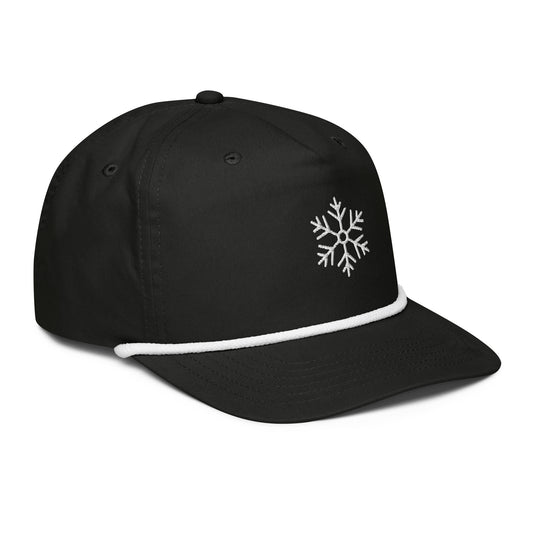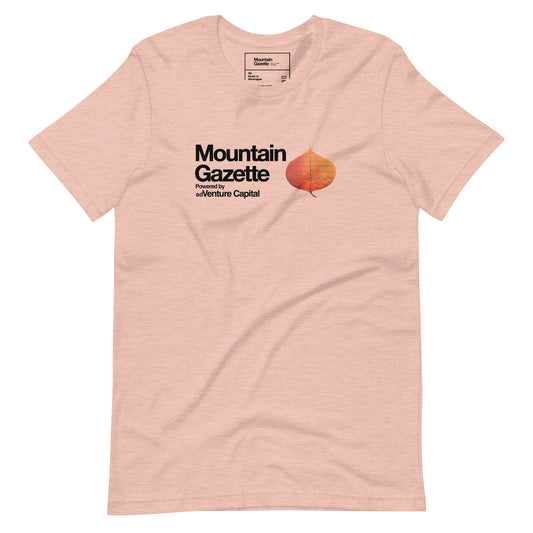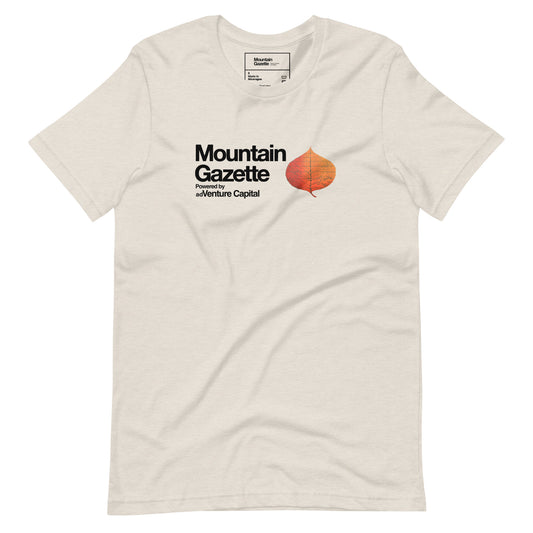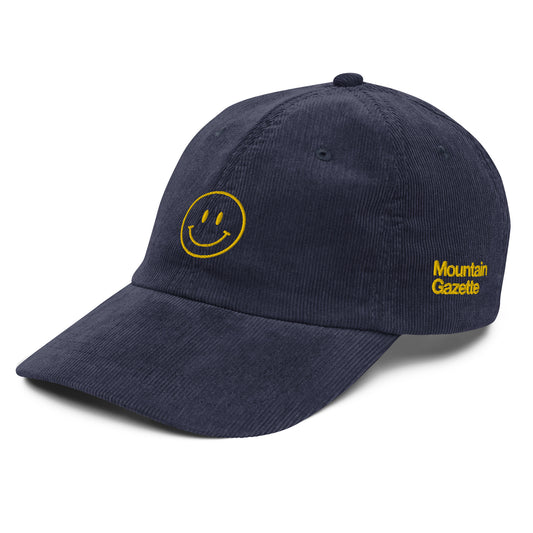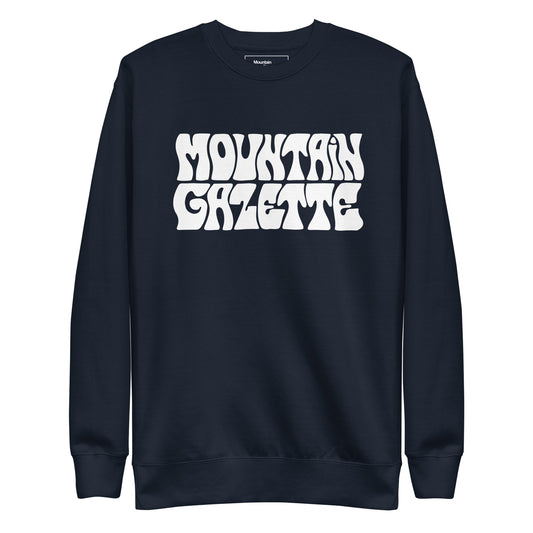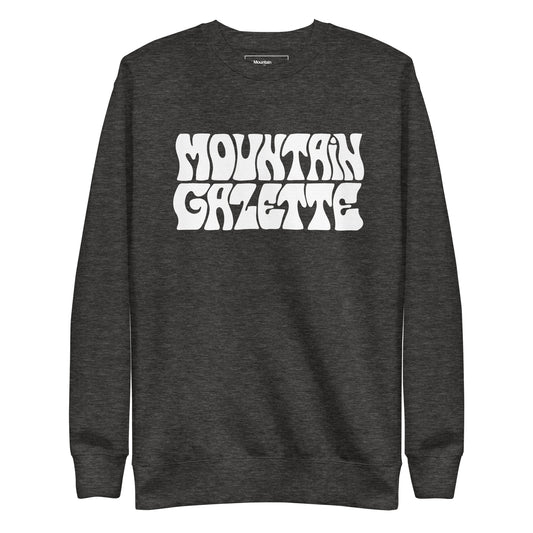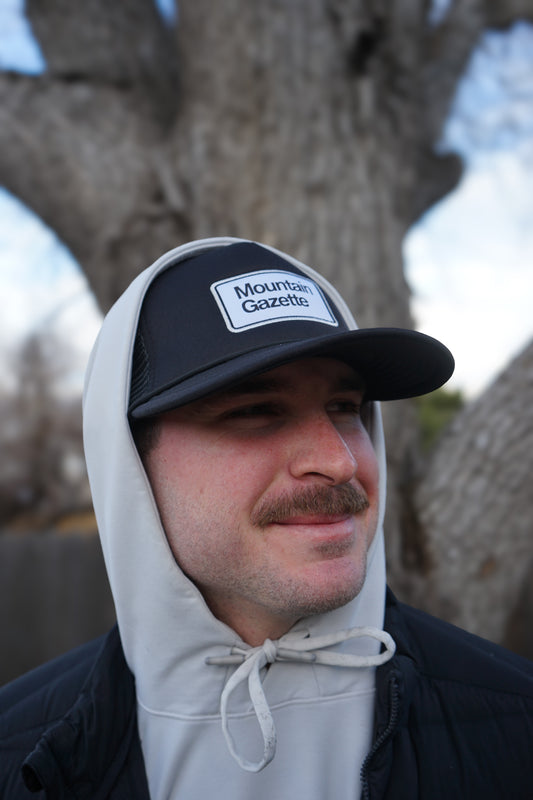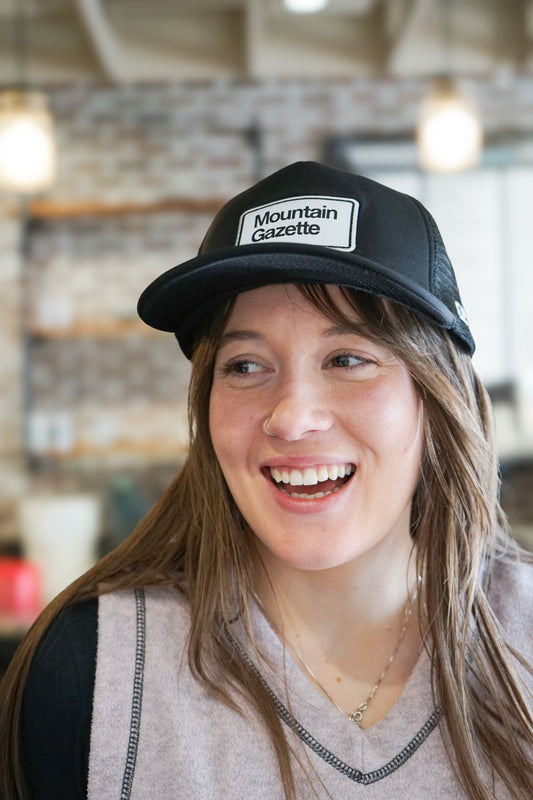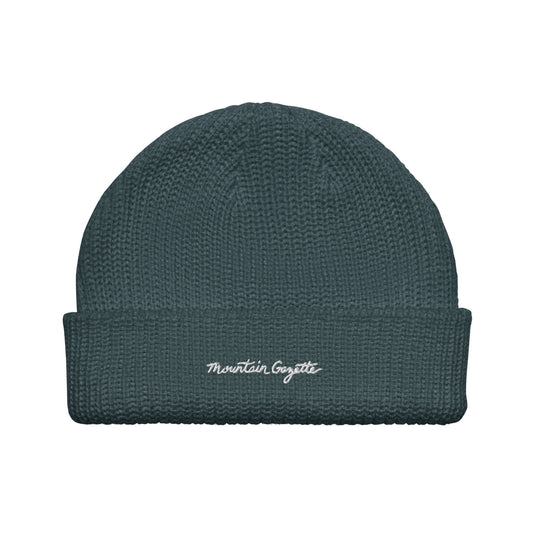Written by Hans Ludwig
Title Image courtesy of Ming Poon
North Lake Tahoe skier Cody Townsend and I met around 2010, backcountry skiing in central Nevada on assignment for Powder magazine. At the time he was a varsity-level pro who specialized in high-speed assaults on big Alaska faces for ski films and just starting to explore backcountry skiing that didn’t involve throttles or rotors.
Cody continued to crush his pro role, capping his film career in 2014 by absolutely dive-bombing an Alaska line simply known as “The Crack”; one video of that ludicrous run currently has about three million views. But that’s not something you can really top and, more importantly, not exactly sustainable skiing. Which led Townsend to his next project, documenting his mission to ski all the lines in Chris Davenport’s coffee-table book Fifty Classic Ski Descents of North America. Those lines range from relatively tame roadside attractions to remote and wild peaks with a maximum of challenges. The more difficult objectives have forced Cody to acquire and apply a gamut of backcountry ski and mountaineering skills, and he’s done a great job of sharing that background process instead of just money shots of summits and powder turns.
Townsend’s latest episode is based around his multiple attempts on the East Couloir of California’s 14,058’ Split Mountain, a beautiful, dramatic, and scary line. I also aspired to ski it back in the 2000’s and went up there a couple times. I learned that I wanted nothing to do with that one—it would rarely be in condition and even then… too sketchy for me. Later, our mutual friend Kip Garre would die there in a 2011 avalanche/fall—not a place to take lightly.
This episode of the Fifty really illustrates a lot of the higher-level stuff that just doesn’t make it into the media that often. So I was excited to talk to Cody about Split and what he’s learned through the multi-year process of the project.
*********************
Hans Ludwig: First off, I just watched your Baffin Island and Split episodes, and it’s been really cool seeing you go through all the learning and evolving to earn your Phd in BC Skiing over the last few seasons.
Cody Townsend: It's an excuse to learn. It’s forced me to learn. One of the coolest things to take away has been going into Tetons or the Sierra or wherever and learning local culture about the backcountry traditions and styles, and then cherry-picking different approaches that people have to their mountains, their snowpack. It's really helped me evolve to be able to pick and choose what approach I use in different places.
Every range has its own culture and style that’s shaped by the local terrain and snow. In the Tetons they use ropes a lot more than other places, in the Selkirks, with that snowpack, they prefer to ski stuff top down instead of climbing the line…
People in Cham ski with one ice screw so they can safely transition to ice tools and climb out if they run into glacial ice...
Exactly. All the pokey stuff looks badass, but the axes and crampons are really just safety tools to get you out of trouble.
So, to start with, Split. I've got a personal history with that one, took a couple missions to realize that I didn’t actually want to ski it, that there was better stuff to ski (for me) in the next cirque over, or even on that same mountain. It was a part of the process of throttling back for me, realizing that I’d already been lucky a lot of times, and just didn’t want to hang out in bowling alleys anymore.
I think you might have gone through a similar process with AK-style freeriding, no?
You've gotta have so much focus to do the kind of skiing I was doing. If I kept on that path everyone would just see Cody slowly get worse… best case scenario.
It all came to a head one day when I was out filming in Canada and I looked at this line for a while, had it scoped, but went the wrong direction off a cliff, hit a vertical icefall. Got lucky, but it could have been really bad. A forty-foot air in the backcountry didn’t spark enough fear or respect to keep me focused. Which is actually scary. I went home that day and I told my wife that's it, I'm doing it (The Fifty Project). And I was done filming for MSP.
I think that being in the mountains is a process of destroying your ego. It's good to push yourself, but live to enjoy the moments. So much of being a storyteller is showing people that it's not about the number, it's about the friends. I’d rather fail or back off and be high-fiving afterward with my friends.
So, I feel like a lot of the culture of backcountry skiing now overlaps with climbing—guidebooks, ratings, classics, and tick lists are all climbing culture, where skiing has traditionally been a lot more loose and hedonistic. Coming from a more traditional ski background, what’s your take on that stuff?
One of the things I feel about this project is that I’m a freeskier at heart but I'm doing a climber-style objective-based project. Diving into this world of ski mountaineering, I tend to rebel against anything that comes from climbing culture because I don’t like rules when I ski. Skiing Is purely about enjoyment—-the rules and style guides are bullshit when it comes to skiing for me, and I’m totally against rating things. Now I ski really slow and careful, but I have my freeski heart where you still have pow days to go off.
My philosophy of skiing goes against a tick list. You don't try to force it and go for this one line. I have enough drive to challenge myself so it's fun to go through this process and learn the mountains in a new way but I still come back to who cares we’re just having fun.
Epic-ing makes for a great story, but it's not good style. Like with Split, I was feeling pressure from older generations that you had to climb the couloir if you were going to ski it, like that was their ethic. But that didn’t make sense to me. Going top down means less time in the rockfall zone, the avalanche zone.
Kind of amazing that Plake and Darren Johnson did it in a day (and skied Mt. Tinnemaha on the exit) with 212 K2 GS skis and probably an 11mm rope that weighed ten pounds…
They were so badass. [laughs]
But that was the 90s, and I think it was a fat year where it was really filled in. [Writer's note: The crux of the couloir is that it ends in a series of cliffs that are usually a mix of bare rock and water ice requiring technical climbing on the up and multiple rappels on the down… and make the entire line a no-fall scenario. In big winters it can be more ice and snow covered and easier to pass.]
I think the nevé [old, year-round snow] in there has receded so much that the ice is pretty much gone now. One of things I’ve learned from this project is that these historic lines with historic permanent snow, they are not the same. They’re evaporating before our eyes. But also, obviously the windows are smaller, but there are still times when lines are in skiable condition.
You texted that you reread the Return of The Extreme Skier piece recently. Did it hit differently this time? [Writer's note: Return of the Extreme Skier* was a feature I wrote for Powder in 2010 about a resurgence of steep skiing being spearheaded by underground hardcores. Within a few years several of them, like Arne Backstrom, Andreas Fransson, and Dave Rosenbarger, died in avalanches or falls.]
When I first read it I was a believer in the McConkey theory that ski mountaineers are geeks. But that story showed me there was more than hop turns…and then how many of those people died, three?
Six people that were mentioned or quoted in the article died.
That was dawning of me realizing that that stuff was cool, but also there's a dark side to it. Like, what's going on here?
When I started to dream about more serious lines, for four years I thought about the fifty project and asked myself: is this what you want? Can you do it safely? Looking at the people who have managed to stay alive was a big part of that—what are they doing?
That issue of Powder lived on top of my toilet for years. Looked at that cover every time I took a piss. I thought about it a lot. I really wrestled with the notion that this kind of amazing skiing is out there, but it can be so dark.
That article seemed to influence a lot of people, and a lot of marketing departments, but really I just wanted to high-five these basically low-profile skiers who were doing the heaviest stuff on the planet for fun...
Every sport goes through plateaus and steps, ebbs and flows. Things take off until bad stuff starts happening. A lot of my heroes like Shane McConkey are dead now.
As I got into bigger lines it was like what do I take from this—I want to live. Can I do rad things and prioritize coming home at the end of the day?
Random things happen, and that's an acceptable risk. I'm going to be in the mountains so if random shit happens—some rock falls out of nowhere—ok. But can I do everything in my power to mitigate that and get things done?
How does that apply to the project?
Am I going to be comfortable if I don't finish the list? Yes. That’s the likely outcome and I'm fine with it. I get to go skiing either way. Turning around is really good. If you're having a 100% success rate in the mountains you're doing something wrong.
Split is kinda my favorite episode because it represents the things I'm proud of, and backing off is part of that… Jeremy Jones talks about how you have to flex your backing off muscle if you want to do stuff in the backcountry.
Look, if you can get it in the right conditions, Split's great. You almost develop a relationship with the mountain, with the zone. I went up there so many times—I did multiple scout missions that I didn’t put in the episode. And now I know that mountain so well, that area so well, and that’s cool. Split is so dramatic—I missed a lot of good skiing to get it done—but I learned so much about that zone and the Sierra.
The tick list has opened my eyes to so many places I want to go in the area of the target peaks, and now I have so much more local knowledge.
A tick list makes sense to me as a way just to get out there, see new places. But maybe you end up skiing something entirely different than the original goal.
The list is a really good excuse to explore North America. I mostly spent my pro career basically focused in Alaska and Canada, really specific places. It’s so cool to get into all these different ranges, different snow, different terrain, different local ski cultures...
In a post-Fifty world do you anticipate pursuing the techy ski mountaineering thing further, like the alps, Andes, Himalaya, etc?
I do have some goals outside this list that are on the challenging side, but that's something I want to do, like maybe something big once or twice a year. That's the same as I was with AK film lines—you don’t ski like that all the time. So yes, but not as heavy a schedule as I’ve been doing. It’s a numbers game, you’re going to fuck up, so you should mostly do it where the margins are bigger.
You have to walk away from these things more humble. If you think it made you better, that's a mistake. Think in terms of a decade, not this year or this cycle.
Mountains can be dangerous but they’re actually really forgiving—people get away with a lot of stuff and we don’t even know it.
Feeling like I have nothing to prove is great.
Do you still miss the heavy alpine gear or are you starting to find something—a different kind of skiing—within the constraints of light bc gear?
It depends on where you are—like in the Sierra you definitely need lighter gear to go bigger distances in a day—Split is 9,000’ vertical with a decent approach. So it’s just the best tool for that.
The main thing is you have to be more precise with your technique. You can get away with a lot more on alpine gear. When there's exposure and you’re on touring gear you need to be more focused on the basics—staying centered, shoulders level and hands forward, etc.
When you're scared you lean into the hill because our instinct is to move away from danger. I had a moment on the Haute Route with Josh Daiek on an icy traverse over exposure where I was sketching out and realized that I was leaning into the hill because I was scared and my touring gear didn’t feel as solid. As soon as I stood up, got my shoulders level, it was like “Ok, I’m good.” Basic technique matters more on lighter gear.
So I think a lot of people might not understand that there’s levels to this—that you can be a super badass film/comp skier but there’s still people like Vivien Bruchez [a very accomplished Chamonix steep skier and guide who accompanied Cody on his Baffin Island trip] who have these other huge ski skillsets...
There can be a lot of ego in Chamonix. Viv is the complete opposite of that. His laughter in the mountains is as big as the rowdiest skiing to me. He's a technical wizard, but he shreds and he gets the point of why we’re out there.
I see skiers who are more on the fitness side of things, the run up things but then you see them ski... that’s not Viv. Showing how well he skis—I really wanted to highlight it. Making a turn is still super important. You have to be able to be really solid when there’s exposure, and he’s so precise, so controlled.
One time I saw [name redacted super gnarly steep skier], all decked out in new gear and skiing… not great. I was like, that’s him?
Well, it seems like steep skiing comes down to just being able to make that crux turn, being really balanced over your feet… you don’t need to be like, ripping.
For sure, but Vivien’s definitely got a lot more in his bag.
After skiing it, is that east couloir on Split a classic? There’s so many other sweet lines in the range with less hazard… I don’t even think it’s the best line on that mountain.
Yeah, I agree with that, but I would still say yes. The definition in Davenport’s book factors in lines that maybe are more dream lines than everyday lines. It's a beautiful line off the summit that's technical and complex. There's a line for every level of skier to dream about, and I appreciate that about the book.
Would I ski it again? No. It's maybe not a classic by other definitions but I like that it's in the book.
Cody Townsend. The Fifty Project. Youtube. Go watch it.





